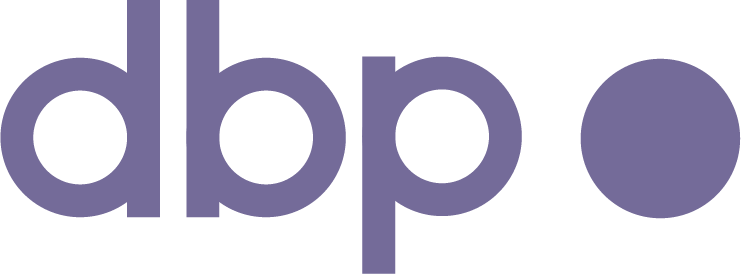August 2021 Theme – Snaking the Spine
“Historically, serpents and snakes represent fertility or a creative life force. As snakes shed their skin through sloughing, they are symbols of rebirth, transformation, immortality, and healing. ” (Wikipedia)
“80% of adults (from adolescents to the elderly) are estimated to experience a back injury in their lifetime….the top reasons identified by the Mayo Clinic:
Muscle or ligament strain
Bulging or ruptured disks
Arthritis
Skeletal irregularities
Osteoporosis” (thegoodbody.com, mayo clinic).
Back injuries are painful, debilitating and likely to reoccur. In addition to the above list, I have worked with several people whose back pain flares up during stressful, highly emotional periods, which we are having plenty of these days. Back pain is often why people end up in a Pilates studio. Pilates’ focus on strengthening the core (abdominals, diaphragm, pelvic floor, hip and back) can be tremendously healing and an excellent way to ward off future back injuries. We, for example, can strengthen the deep abdominals to help create length through the low back and lift out of the pelvis. This lift out of the pelvis helps us to unweight through the joints of the hips, knees and feet.
In the Yamuna Breath Work training I did last fall we explored using the breath to stretch from the inside out, e.g. using the breath to expand the lungs to move the ribs to the side and back, and to direct the breath into different parts of the torso to create space and release. Connecting back to the healing potential of our breath adds to our healing and well being. During the breath work training I slept deeply and felt an ease and space in my low back, which can tend to get tight, not to mention feeling grounded and present. Our breath is a powerful medicine!
Conversations with Latanya Tigner, and her, Colette Eloi and Ebonie Barnett’s Back to the Root Series: Healing and Spiritual Power of the Spine and Pelvis in African Rooted Dance and my training with Thomas Presto on his Talawa Technique opened an exploration into the how the spine heals us through movement. In observing and learning some of the highly refined movements of the spine, foundational in many traditional African/Diasporic dances, we learn to move parts of our spines in isolation, thereby activating muscles at different levels of the spine. This increases our proprioception (awareness of our body’s position in space) and muscular support and so the health of our spines. Watch Joel Ramirez (facing front) and Luciano Wollman Michelle (side view) moving through the 7 levels of the spine as synthesized by Thomas Presto in his Talawa Technique.
I cite this conversation with Latanya Tigner all of the time because the question is profound. She asked me to reflect on the question, “How did enslaved people do back breaking work 14 hours a day in the fields and then dance at night?” We don’t know how many enslaved people experienced back pain, but it does seem that our culture of sitting all day and driving has wreaked a disproportionate havoc on our backs. While Pilates is important for learning how to stabilize our backs, to activate the full potential and healing of our backs, and I’d argue our creative life force, we need to move our spines – to get the snake into our spines!
This month and building on June’s focus on the breath and core, and July’s focus on the pelvis, we will focus on developing the strength and support for our spines, activating our breath as medicine and movement for healing.
